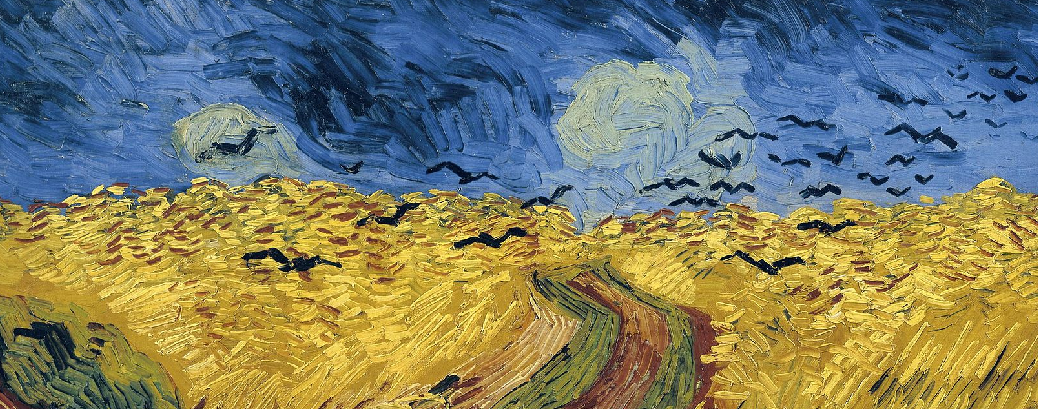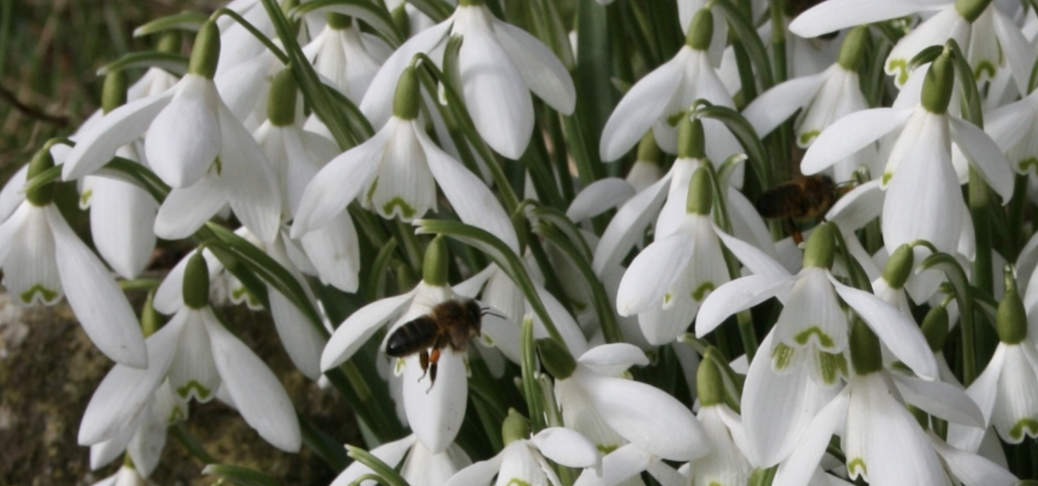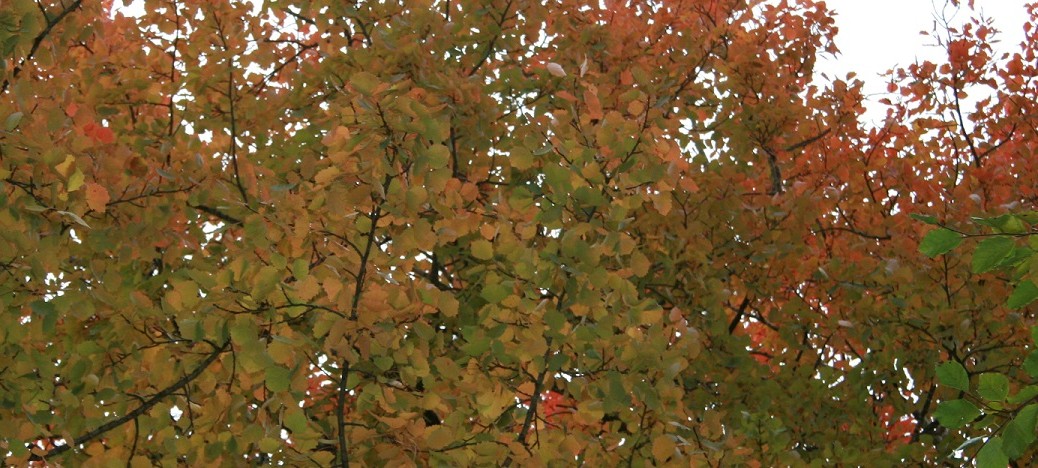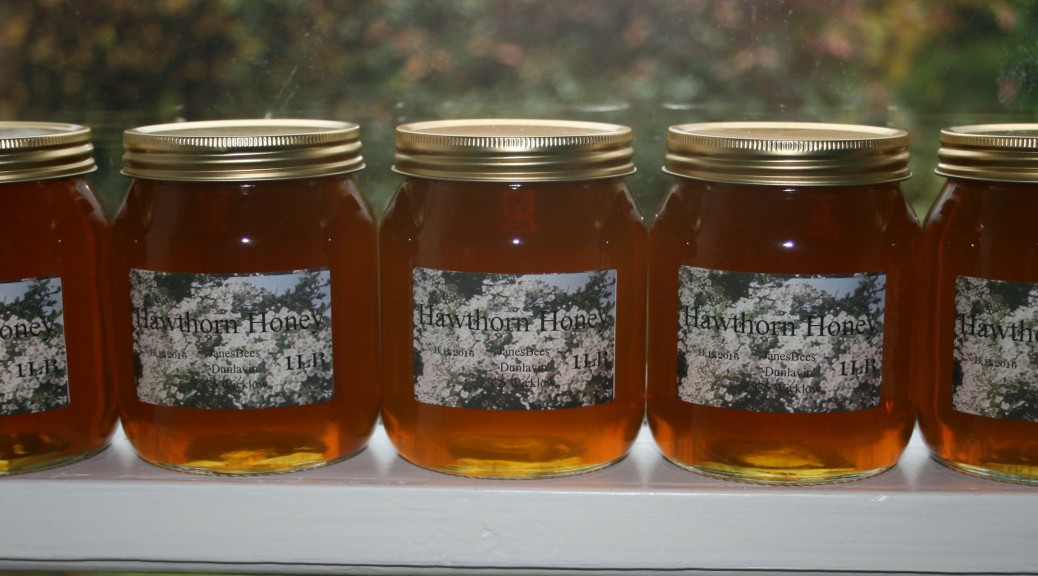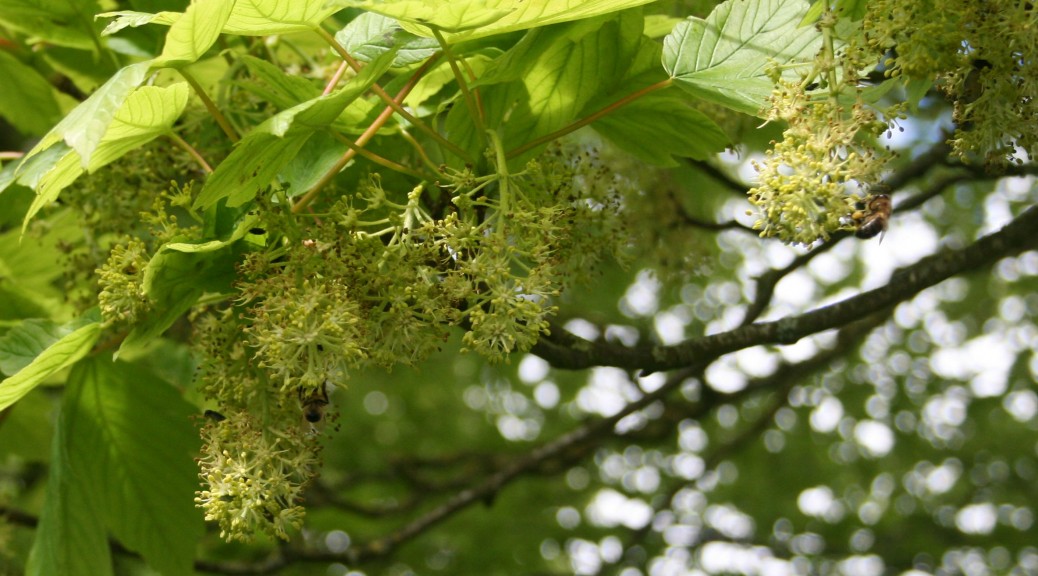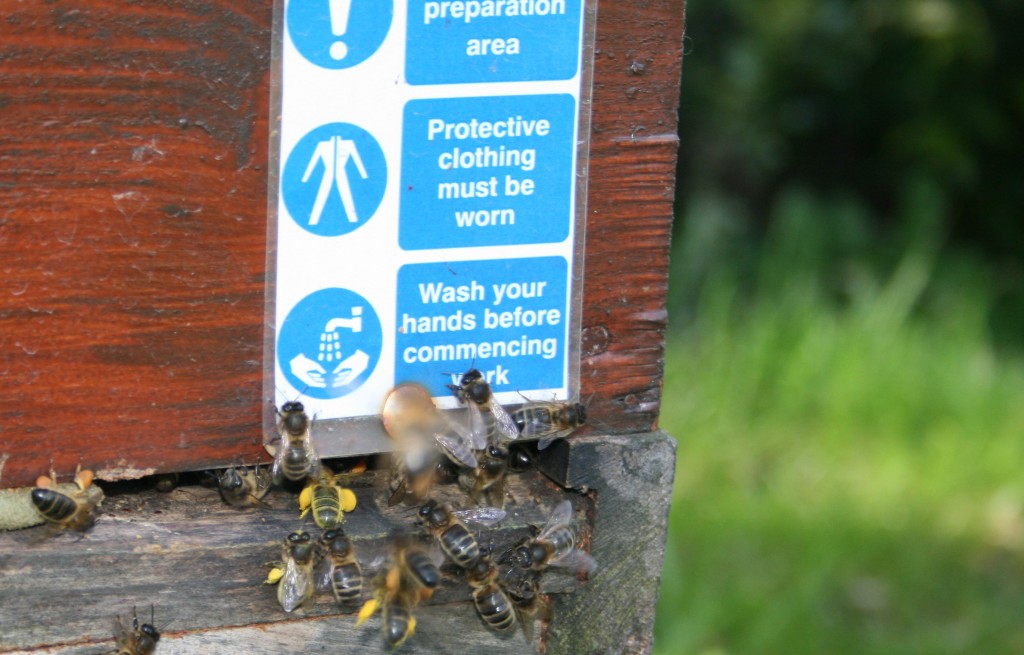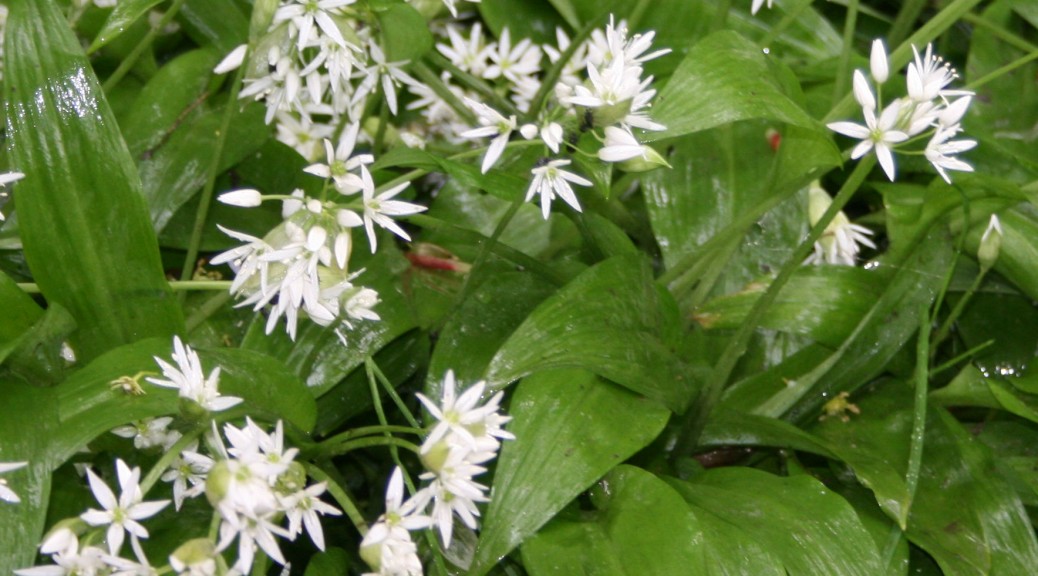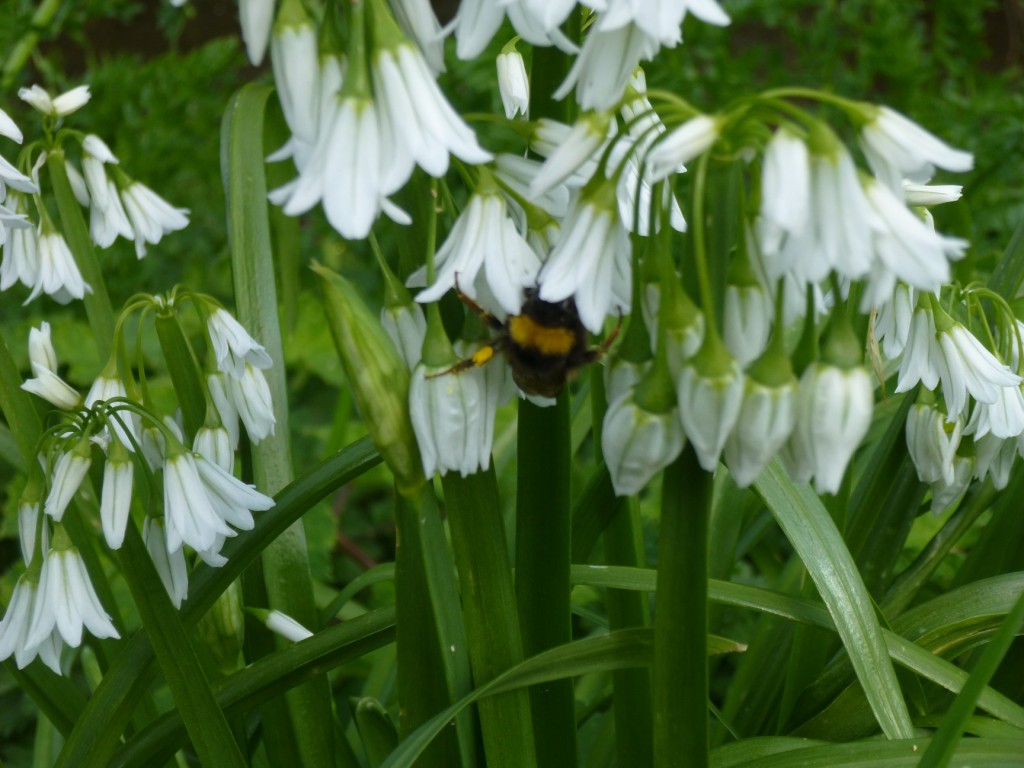The picture above is by Vincent Van Gogh (obviously says you), it lives in the Van Gogh Museum, Amsterdam and is called ‘Wheatfield with Crows’. It was painted in 1890 – possibly his last picture. Vincent didn’t know about climate change or intensive agriculture; if he had, he would probably have cut the other ear off and left the crows out. Continue reading Ireland Pollinator Plan 2015-2020
Tag Archives: Pollen
Pollination and Honey Bees
So, why are honey bees such important pollinators?
From an ecological point of view there are at least 3 reasons:
- Honeybees have evolved in tandem with certain flowers and they have adapted to facilitate each other;
- One bee is able to rapidly communicate the location of a pollen/nectar source to the whole hive and an army sets out;
- The bees then concentrate faithfully on that flower species until the pollen runs out or the nectar dries up, at which point the job of pollination is accomplished.
These features obviously make the honey bee important from an agricultural/commercial point of view. In addition, hives of bees are mobile and can be moved from crop to crop – an arrangement which can suit bees, farmers and beekeepers so long as everyone has a bit of respect. Wouldn’t that be great?
But some detail: Continue reading Pollination and Honey Bees
Bee Trees – Poplar (Populus spp)
Certain species of Poplar are a valuable source of propolis for honey bees. The spring catkins may be visited for pollen and the spores of a parasitic rust fungus may be an alternative protein source in times when pollen is in short supply.
Poplars are a complex, wind-pollinated, pioneer tree species and they interbreed like mad; as a result they can be difficult to identify. There are many species world wide and several native to Europe. In addition, fast growing hybrid cultivars have been bred and these are much planted for timber. There is also interest in the fast growing varieties for short rotation coppice as a biomass crop.
In Ireland only two Poplars are considered native – although other species have been introduced as ornamental trees or for timber, shelter-belt or screening. Continue reading Bee Trees – Poplar (Populus spp)
Himalayan Balsam or Impatiens glandulifera
Himalayan balsam or Impatiens glandulifera originates in the Himalayas – surprise surprise. It was introduced to Europe as a garden plant but it quickly escaped the confines of the garden and joined the ranks of ‘Invasive Pests’. Other such plant species include Japanese knotweed, Giant hogweed, Sycamore or Acer pseudoplatanus and Trifids. Continue reading Himalayan Balsam or Impatiens glandulifera
Importance of Pollen
A good supply of pollen is essential to a honeybee colony because…
… bees cannot live on honey alone. While the sugars in honey supply the bees’ energy needs, in addition they require the protein, fats, minerals and the miscellaneous dietary supplements found in pollen. The protein content of the pollen of different plants is variable but generally very high, containing amounts comparable with peas and beans (Witherell), or seeds and peanuts (Dietz). Continue reading Importance of Pollen
Hawthorn Honey
There was a great flow this May (2014) and there is a heavy crop of hawthorn honey on board – a once in 5 year occurrence in these parts. Hawthorn pollen is a pale cream colour but you’ll know if you’ve got hawthorn honey because you will smell it!
Click here for ‘Bee Trees – Hawthorn‘
Here’s a photo of a hawthorn bee with pollen, click it for a better view
 When there is this much honey from an early flow it’s best to take at least some of it off if only to spare the beekeeper’s back. Take only the sealed honey if possible, that way you’ll leave some for the bees in the June gap.
When there is this much honey from an early flow it’s best to take at least some of it off if only to spare the beekeeper’s back. Take only the sealed honey if possible, that way you’ll leave some for the bees in the June gap.
If, however, you suspect there may be rape in amongst it – you have no choice – you will have to take the lot off. If they have no feed below you should rapid feed a gallon or so of strong syrup but take the supers off first or they’ll put it in there.
Alternatively you could place a lump of fondant or better still Ambrosia (special bee fondant made with inverted sugar) over the feed hole. They won’t put this in the supers but if they need it – it’s there and it will also pull the bees straight up in to the supers which might help prevent overcrowding → swarming etc.
Copyright © Beespoke.info, 2014. All Rights Reserved.
Sycamore Pollen
Between the showers, the sun is very strong and the the sycamores are alive with bees. One of the good things about sycamore flowers is that they hang down beneath the leaves in the shelter of the canopy so showers don’t really harm them. However, gusty squalls will tear off the flowering panicles – lovely.
The forecast for the next few days is good, so with the trees in full bloom there is a good chance of a few pounds of honey.
For more sycamore information click here
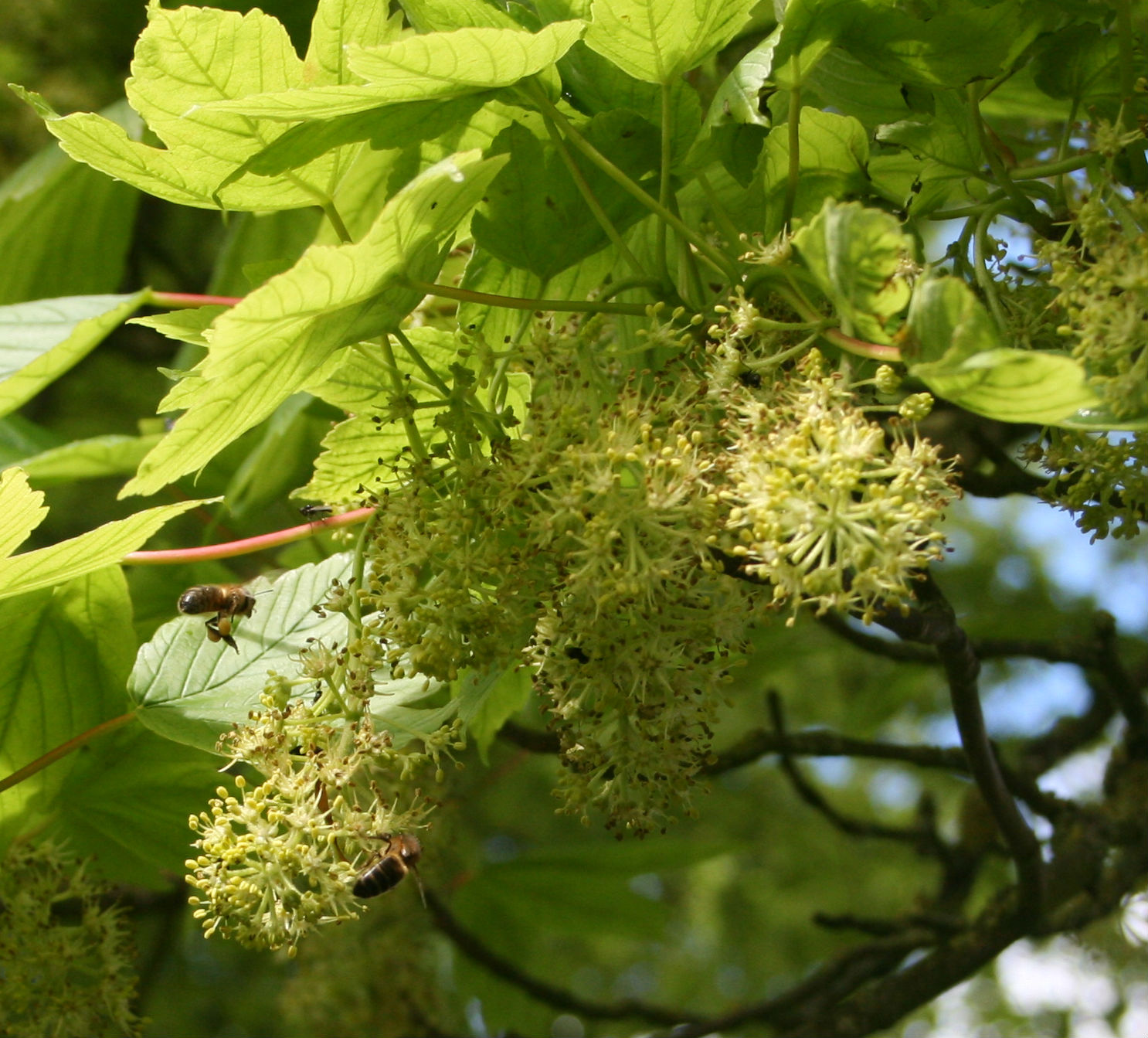
If you click on this picture you should be able to see a close up of the snot green pollen loads.
Copyright © Beespoke.info, 2014. All Rights Reserved.
Willow Pollen
Lovely sunny day – 14 degrees and slack winds – a perfect day for spring bees looking for pollen.
Here’s a hectic picture of lots of pollen hurtling into the scale hive today.
- The yellow pollen loads are willow.
- The brown pollen loads are gorse.
Click the photo for a better view.
Copyright © Beespoke.info, 2014. All Rights Reserved.
Wild Garlic
Like it or loath it – the wild garlic comes up like a green tide each spring. Personally, I like it. It’s a lovely pungent addition to salads and it makes a great pesto.
There are several species of wild garlic all of which are closely related to the garlic we buy in the shops (Allium sativum). Only 3 members of the garlic family are resident in Ireland, only two are of interest to the bees and only one is a true native but all of them are edible.
- Ramsons or Allium ursinum or ‘Bear garlic’- native Irish plant (see header photo above)
- Three Cornered Leek or Allium triquetrum – probably introduced from Europe 3 hundred years ago (photo below)
The bees visit both species although it’s nothing they’ll ever get a crop from, which is probably just as well.
Pollen loads are yellow as displayed by this very obliging, if slightly fuzzy, bumble bee seen here on some Three Cornered Leek or Allium triquetrum. Click it for a better view.
Copyright © Beespoke.info, 2014. All Rights Reserved.
